Filter by

Progress in Landslide Research and Technology, Volume 1 Issue 2, 2022
This open access book provides an overview of the progress in landslide research and technology and is part of a book series of the International Consortium on Landslides (ICL). It gives an overview of recent progress in landslide research and technology for practical applications and the benefit for the society contributing to understanding and reducing landslide disaster risk.
- Edition
- 1
- ISBN/ISSN
- -
- Collation
- -
- Series Title
- Progress in Landslide Research and Technology
- Call Number
- XVI, 475

El Hierro Island Global Geopark
This open access book explores El Hierro Island, which is geologically the youngest of the Canary Islands (Spain). Having registered its latest volcanic eruption in 2011-2012, it is an oceanic subtropical island with low population pressure and a largely unchanged natural landscape. Accordingly, a great geodiversity of volcanic morphologies and erosion processes has been preserved. In addition,…
- Edition
- 1
- ISBN/ISSN
- 978-3-031-07289-5
- Collation
- -
- Series Title
- Geoheritage, Geoparks and Geotourism
- Call Number
- VII, 123
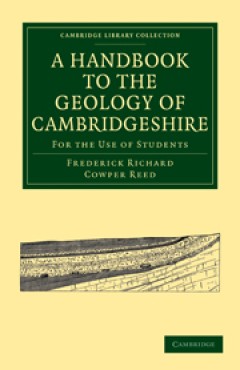
A Handbook to the Geology of Cambridgeshire For the Use of Students
Beneath Cambridgeshire's towns, villages, farmland, hills, fens and waterways lie the rocks that display a variety of geological landscapes. Basement rocks are buried under sandy deposits from ancient tropical seas. The rising and tilting of the land due to large-scale movements permitted water flows that produced gradual alterations. Glaciation, erosion and dramatic variations in climate all w…
- Edition
- -
- ISBN/ISSN
- 9780511693410
- Collation
- -
- Series Title
- -
- Call Number
- -
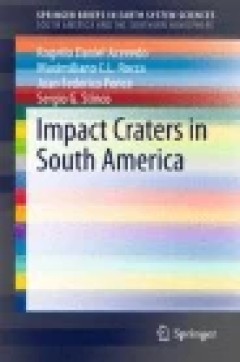
Impact Craters in South America
A complete and updated catalogue of impact craters and structures in South America from 2014 is presented here. Approximately eighty proven, suspected and disproven structures have been identified by several sources in this continent. All the impact sites of this large continent have been exhaustively reviewed: the proved ones, the possible ones and some very doubtful. Many sites remain without…
- Edition
- 1
- ISBN/ISSN
- 978-3-319-13092-7
- Collation
- X, 104
- Series Title
- SpringerBriefs in Earth System Sciences
- Call Number
- 415 IMP
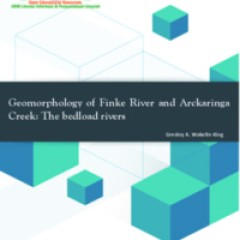
Geomorphology of Finke River and Arckaringa Creek : The bedload rivers
The Lake Eyre Basin River Monitoring project was funded by the Australian Government through the Department of the Environment, and administered by the South Australian Department of Environment, Water, and Natural Resources. Tom Carrangis and Andy Harrison provided project management, and Dale McNeil shaped the study and its multidisciplinary team. Angus Duguid and Peter Jobson participated in…
- Edition
- -
- ISBN/ISSN
- -
- Collation
- -
- Series Title
- -
- Call Number
- 910 WAK g
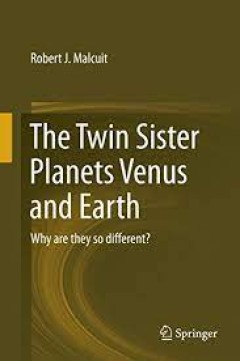
The Twin Sister Planets Venus and Earth Why are they so different
This book explains how it came to be that Venus and Earth, while very similar in chemical composition, zonation, size and heliocentric distance from the Sun, are very different in surface environmental conditions. It is argued here that these differences can be accounted for by planetoid capture processes and the subsequent evolution of the planet-satellite system. Venus captured a one-half moo…
- Edition
- -
- ISBN/ISSN
- 978-3-319-11388-3
- Collation
- -
- Series Title
- -
- Call Number
- -
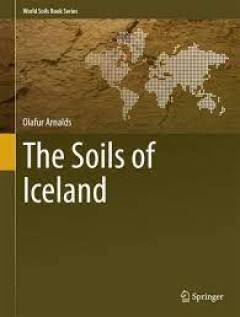
The Soils of Iceland
In this new volume in the World Soil series, the various types of Icelandic soils, their different characteristics, their formation, degradation and erosion are reviewed. At the same time, the book also deals with the agriculture and land use in general to give a complete view of Icelandic soils. The first part details the natural parameters such as the climate and the geography of Iceland. It …
- Edition
- -
- ISBN/ISSN
- 978-94-017-9621-7
- Collation
- -
- Series Title
- -
- Call Number
- -
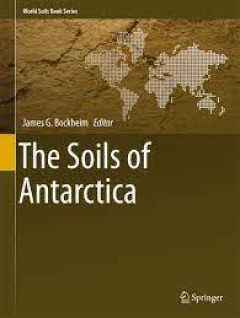
The Soils of Antarctica
This book divides Antarctica into eight ice-free regions and provides information on the soils of each region. Soils have been studied in Antarctica for nearly 100 years. Although only 0.35% (45,000 km2) of Antarctica is ice-free, its weathered, unconsolidated material qualify as “soils”. Soils of Antarctica is richly illustrated with nearly 150 images and provisional maps are provided for …
- Edition
- -
- ISBN/ISSN
- 978-3-319-05497-1
- Collation
- -
- Series Title
- -
- Call Number
- -

The Hagendorf-Pleystein Province: the Center of Pegmatites in an Ensialic Orogen
The Late Paleozoic rare-element pegmatites of the HPPP, Oberpfalz-SE, Germany, rank among the largest concentrations in Europe. The biggest pegmatite of this mining district totals 4.4 million tons of ore (Hagendorf-South). The mining history of the HPPP is restricted to the 20th century, when local entrepreneurs started mining operations in search of ceramic raw materials, feldspar and quartz.…
- Edition
- -
- ISBN/ISSN
- 978-3-319-18806-5
- Collation
- XIV, 475
- Series Title
- Modern Approaches in Solid Earth Sciences
- Call Number
- -
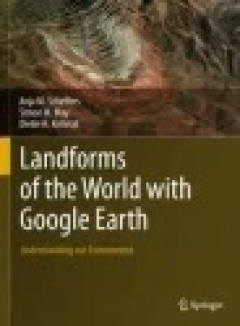
Landforms of the World with Google Earth: Understanding our Environment
This book of phenomenal illustrations provides a wealth of visual information on the wide variety of landform processes over all latitudes, climates and geological time-scales. It invites you to observe the surface of planet Earth, to appreciate its astonishing beauty and to explore scientific explanations for the form of our landscapes. 250 full-colour images from Google Earth enable all type…
- Edition
- -
- ISBN/ISSN
- 978-94-017-9713-9
- Collation
- -
- Series Title
- -
- Call Number
- -
 Computer Science, Information & General Works
Computer Science, Information & General Works  Philosophy & Psychology
Philosophy & Psychology  Religion
Religion  Social Sciences
Social Sciences  Language
Language  Pure Science
Pure Science  Applied Sciences
Applied Sciences  Art & Recreation
Art & Recreation  Literature
Literature  History & Geography
History & Geography